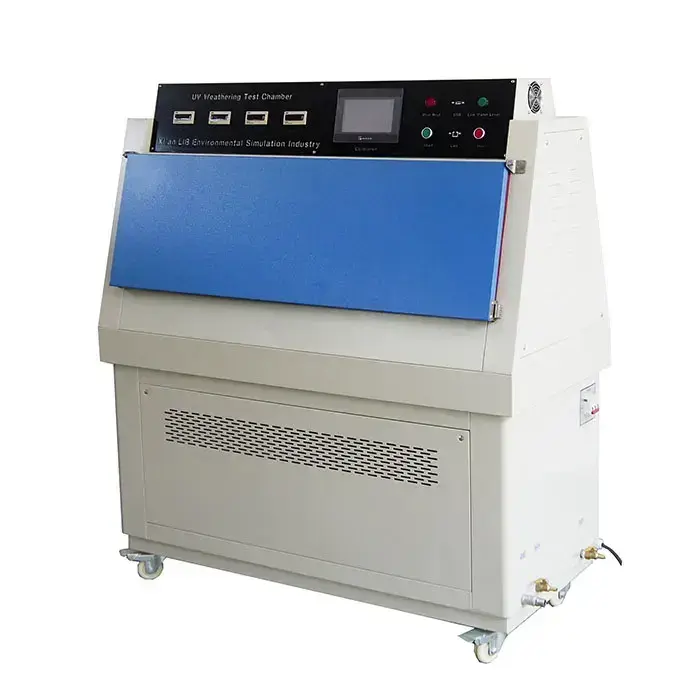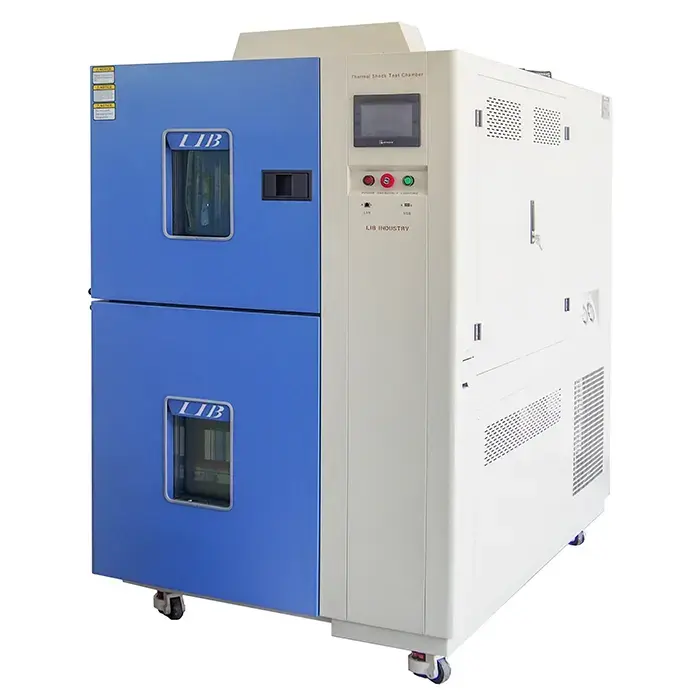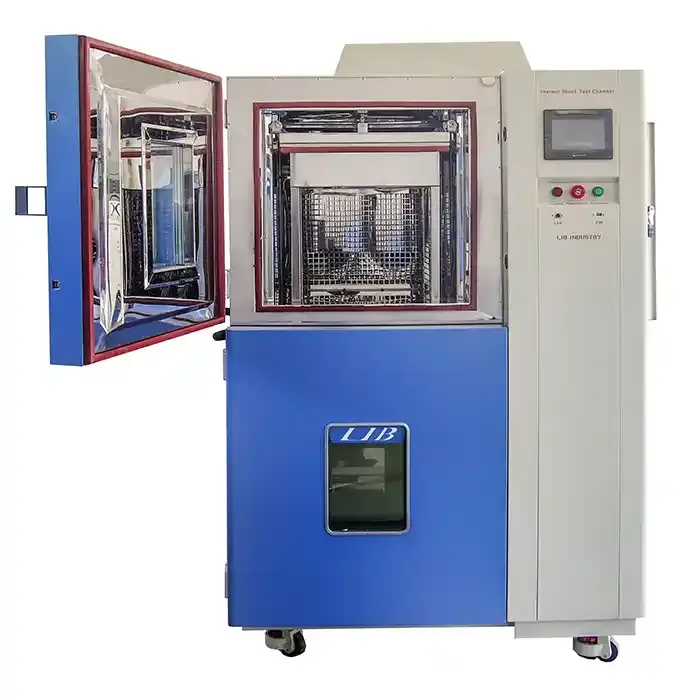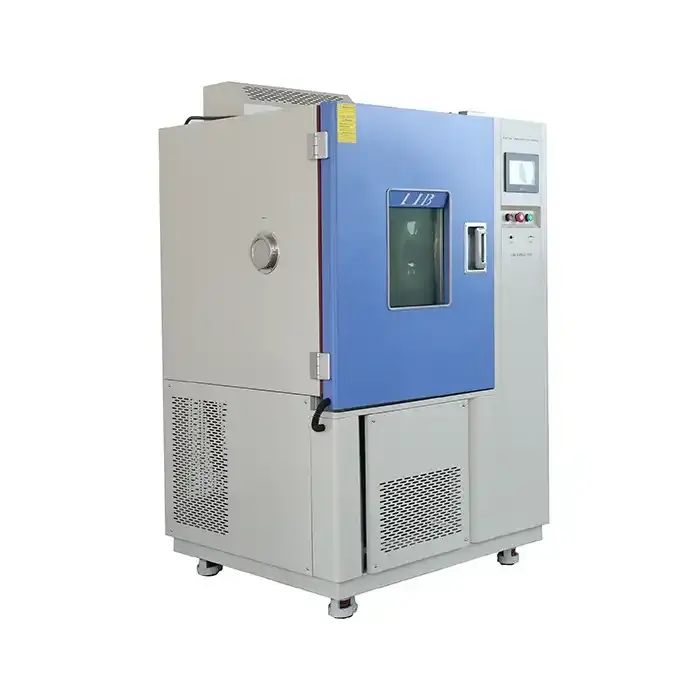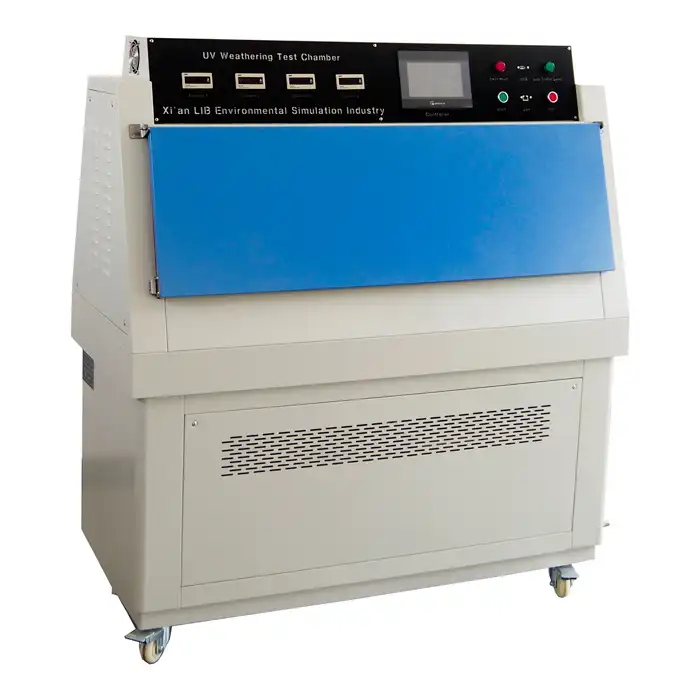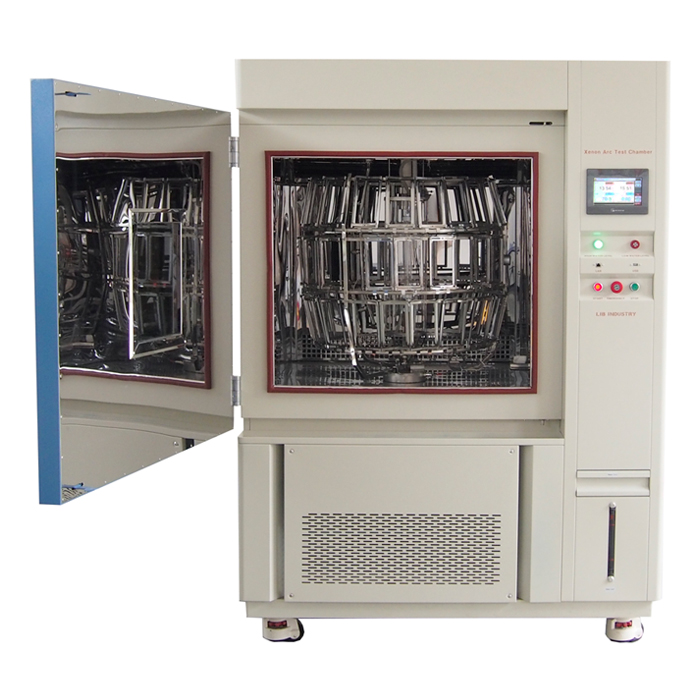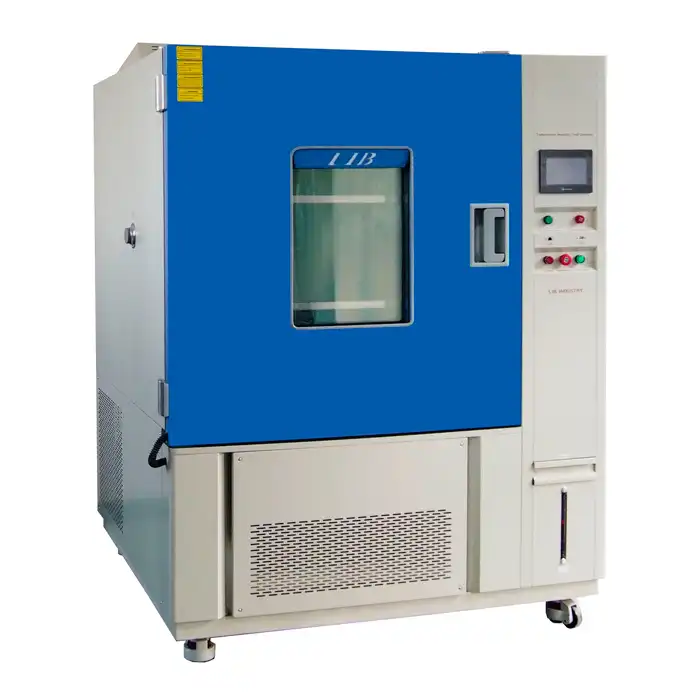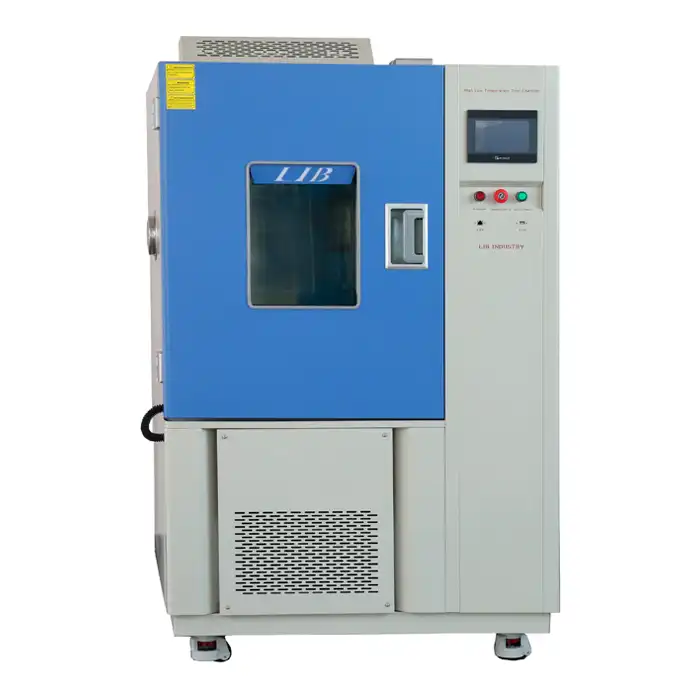Understanding ASTM G154: The Industry Standard for UV Weathering Tests
In industries where product longevity is crucial, ensuring materials can withstand exposure to the elements is a top priority. The ASTM G154 UV test machine is a widely recognized tool used to replicate the effects of UV light on various materials.

Deconstructing the Standard: ASTM G154's Scope and Requirements
ASTM G154 is a globally accepted standard that outlines the procedures for accelerated weathering tests using fluorescent UV light sources. The standard is designed to assess the durability of materials such as coatings, plastics, and elastomers when subjected to UV radiation, moisture, and temperature fluctuations. By simulating these environmental conditions, ASTM G154 helps manufacturers predict how well their products will hold up in outdoor environments over time.
Automobile manufacturing- painting
Outdoor products-plastic
Rubber products
The core of ASTM G154 lies in its ability to replicate the damaging effects of sunlight, particularly the UV spectrum responsible for material degradation. The standard specifies the use of a UV test machine that subjects materials to cycles of UV light and moisture, mimicking weather conditions like rain, dew, and condensation. Manufacturers rely on this test to predict the service life of their products, spot potential weaknesses, and improve materials for greater durability.
Key Test Procedures in ASTM G154 UV Exposure Testing
ASTM G154 exposure tests are rigorous and follow a well-defined procedure. The standard involves alternating periods of UV light exposure and moisture condensation, which are crucial for assessing the material's resistance to degradation. The ASTM G154 UV test machine is used to simulate these conditions precisely, ensuring accurate and consistent results. The test cycles typically last anywhere from a few days to several weeks, depending on the required degree of exposure.
The test is designed to analyze various failure modes such as cracking, peeling, discoloration, and loss of gloss. The standard offers flexibility, allowing manufacturers to adjust test parameters like temperature, humidity, and exposure duration to match their specific use cases. This makes ASTM G154 suitable for a wide range of industries, including automotive, aerospace, and construction, where material quality and longevity are key.
Choosing the Right UV Lamps: UVA-340, UVB-313, and UVA-351
A key element of testing with an ASTM G154 UV test machine is choosing the right UV lamp. The standard provides three main lamp types, each simulating a different part of the UV spectrum:
- UVA-340: These lamps simulate the UV portion of sunlight in the 295-365 nm range, closely replicating the spectrum that causes most polymer degradation. They are ideal for testing materials like coatings and plastics that are sensitive to long-term UV exposure.
- UVB-313: These lamps emit shorter wavelengths (280-315 nm), which accelerate the degradation process. While they don't perfectly mimic natural sunlight, they are useful for extreme stress testing, helping manufacturers quickly identify potential material weaknesses.
- UVA-351: This type of lamp simulates the UV portion found in sunlight filtered through window glass, making it suitable for indoor applications where materials are exposed to sunlight through windows.
For outdoor products, UVA-340 is typically the best choice, while UVB-313 might be used for faster results in lab settings. Indoor products may benefit from UVA-351 testing to better mimic real-life conditions.
ASTM G154 vs. Other UV Testing Standards: What's the Difference?
While ASTM G154 is a leading standard for UV weathering tests, it's not the only one. Other standards, such as ASTM D4329 and ISO 4892, also offer guidelines for accelerated weathering tests. Understanding the differences can help manufacturers choose the most suitable standard for their testing needs.
- ASTM G154 vs. ASTM D4329: ASTM D4329 is similar to G154 but is primarily focused on testing plastics. If you are working specifically with plastic materials, D4329 may offer more targeted procedures. However, G154 provides broader applications for various materials, including coatings and elastomers.
- ASTM G154 vs. ISO 4892: ISO 4892 is an international standard that also covers accelerated UV weathering. It's often used in global markets. The main difference between ISO 4892 and ASTM G154 lies in the test protocols and equipment specifications, but both standards aim to achieve similar results in terms of material degradation.
LIB ASTM G154 UV Test Machine
At LIB Industry, we offer state-of-the-art ASTM G154 UV test machines specifically designed to meet the rigorous requirements of the ASTM G154 standard. Our machines are built with precision and reliability in mind, ensuring accurate and repeatable test results. Here are some of the key features that make LIB's ASTM G154 UV test machines stand out:
| Model UV-SI-260 Internal Dimension (mm) 450*1170*500 Overall Dimension (mm) 610*1330*1470 Specimen Holder Size (mm) 75*150 Specimen Capacity 56 Pieces Irradiation Source Fluorescent UV lamps (8) - 40 W Temperature Range Ambient ~ 90 ℃ ±2℃ Black Panel Temperature (BPT) 35 ~ 80 ℃ Humidity Range ≥95% RH Bandwidth 290 ~ 400 nm Irradiance Control 0.3~20 W/㎡ Water Spray Cycle 1~9999H59M (Adjustable) Distance of Specimen and lamp 50 mm |
- Customizable Test Cycles: You can easily adjust UV exposure, temperature, and moisture cycles to match your specific testing needs, ensuring the most accurate results for your industry.
- High-Quality UV Lamps: Our machines are equipped with UVA-340, UVB-313, and UVA-351 lamps, allowing flexibility in choosing the right spectrum for your materials.
- Energy Efficiency: Designed with sustainability in mind, LIB's machines offer energy-efficient operation without compromising on performance.
- User-Friendly Interface: Our test chambers come with intuitive controls, making it easy to set up and run tests, even for first-time users.
- Reliable Performance: With advanced temperature and humidity control, our machines provide consistent and dependable test conditions, ensuring high repeatability across multiple tests.
For more details about how our ASTM G154 UV test machines can benefit your business, contact us at ellen@lib-industry.com.
References
1. ASTM International. "ASTM G154: Standard Practice for Operating Fluorescent Ultraviolet (UV) Lamp Apparatus for Exposure of Nonmetallic Materials."
2. ASTM International. "ASTM D4329: Standard Practice for Fluorescent UV Exposure of Plastics."
3. ISO Standards. "ISO 4892-2: Plastics - Methods of Exposure to Laboratory Light Sources - Part 2: Xenon-Arc Lamps."
4. G.K. White, "Weathering of Polymers: Testing to Predict Durability," Polymers and Testing Journal, 2018.







